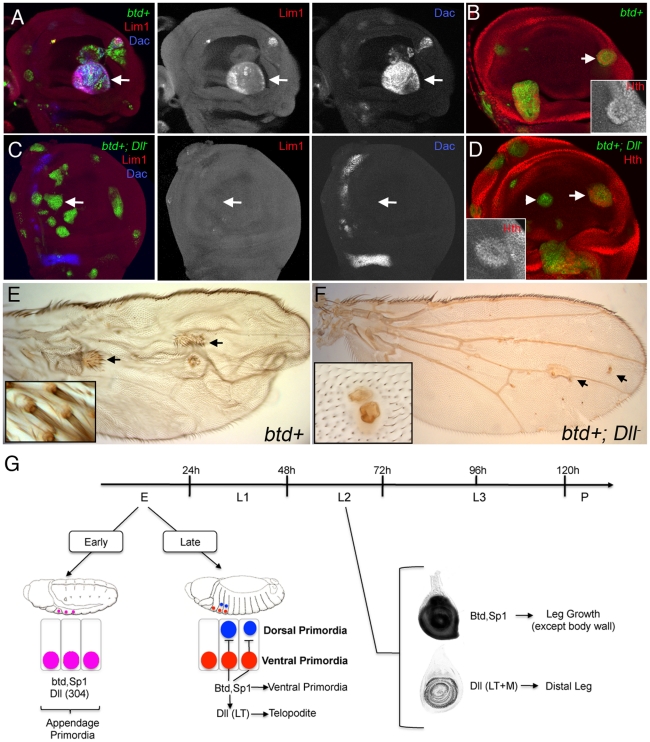Figure 7. btd and Sp1 require Dll to induce distal and medial leg development.
(A,B) btd+ MARCM clones in the wing disc activated the expression of Lim1, dac (A) and hth (B) (arrows). Clones were generated 48–72 hrs AEL and are marked by GFP+ (green). (C,D) Dll-; btd+ MARCM clones in the wing disc were unable to induce Lim1 or dac (C; arrows), but can still able activate hth close to its own domain (arrow) but not in the center of the wing pouch (D; arrowhead). Clones were generated 48–72 hrs AEL and are marked by GFP (green). (E) btd+ MARCM clones in the adult wing blade induced the formation of leg-like tissue, including distal leg identities (arrows and inset). (F) Dll-; btd+ MARCM clones failed to induce distal leg-like tissue, although they generate tissue that might correspond to proximal leg tissue (arrows and inset). (G) Schematic representation of the differential requirements for btd and Sp1 during leg development. At embryonic 11 stage, Dll (via the 304 enhancer), btd, and Sp1 are all activated independently in the appendage primordia. A few hours later, Dll expression is restricted to the telopodite precursors cells of the leg (via the LT enhancer) and depends on Sp1 activity. At this stage, Sp1 is required to promote the formation of the ventral appendage primordia (legs) and inhibit the formation of the dorsal primordia (wing and haltere). Dll is required for the entire telopodite domain. During larval second instar stage (L2), Dll expression no longer requires btd and Sp1. Dll is required only for distal leg development while btd and Sp1 are required for the growth of the entire leg but have no function in the body wall.

